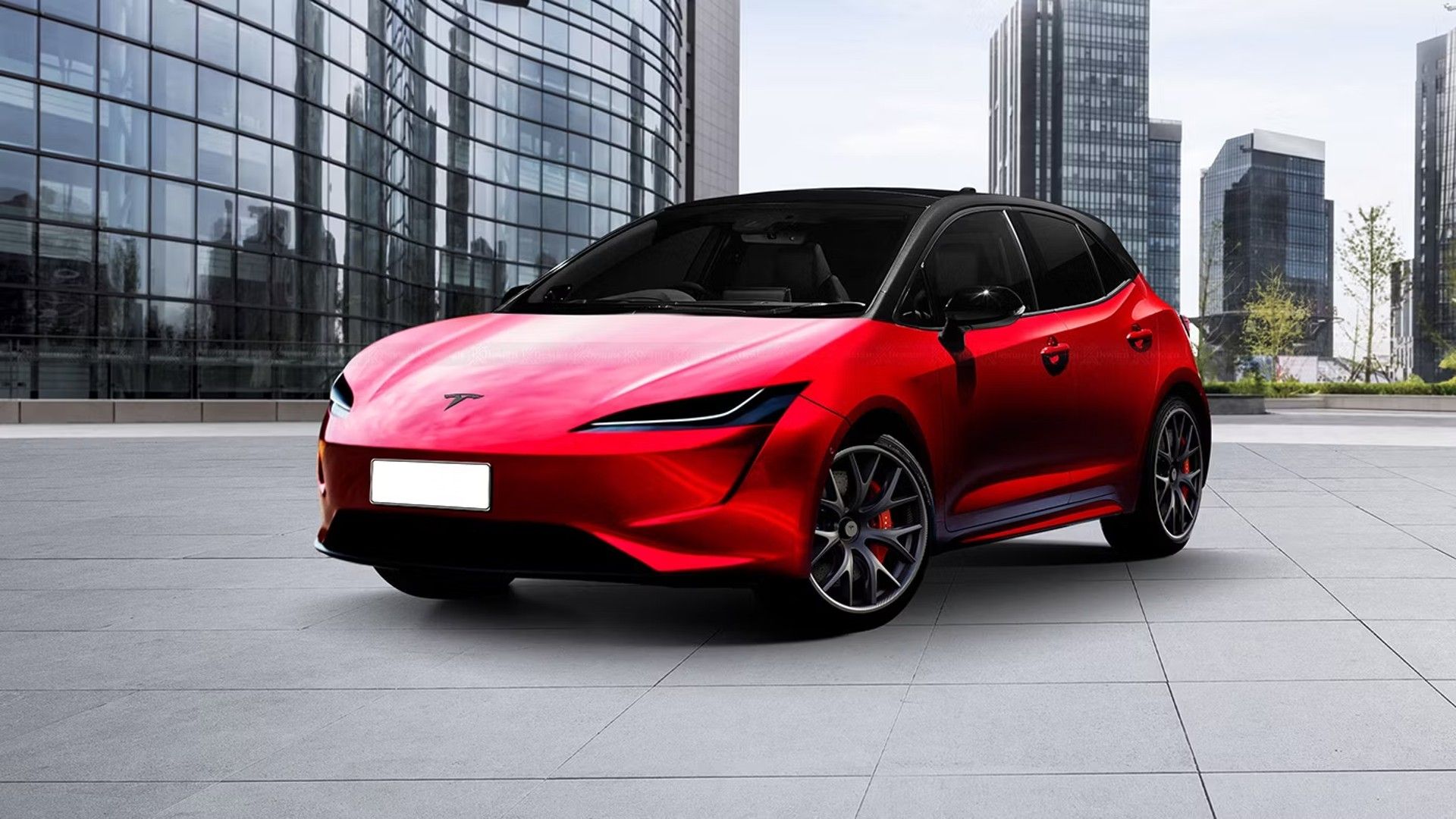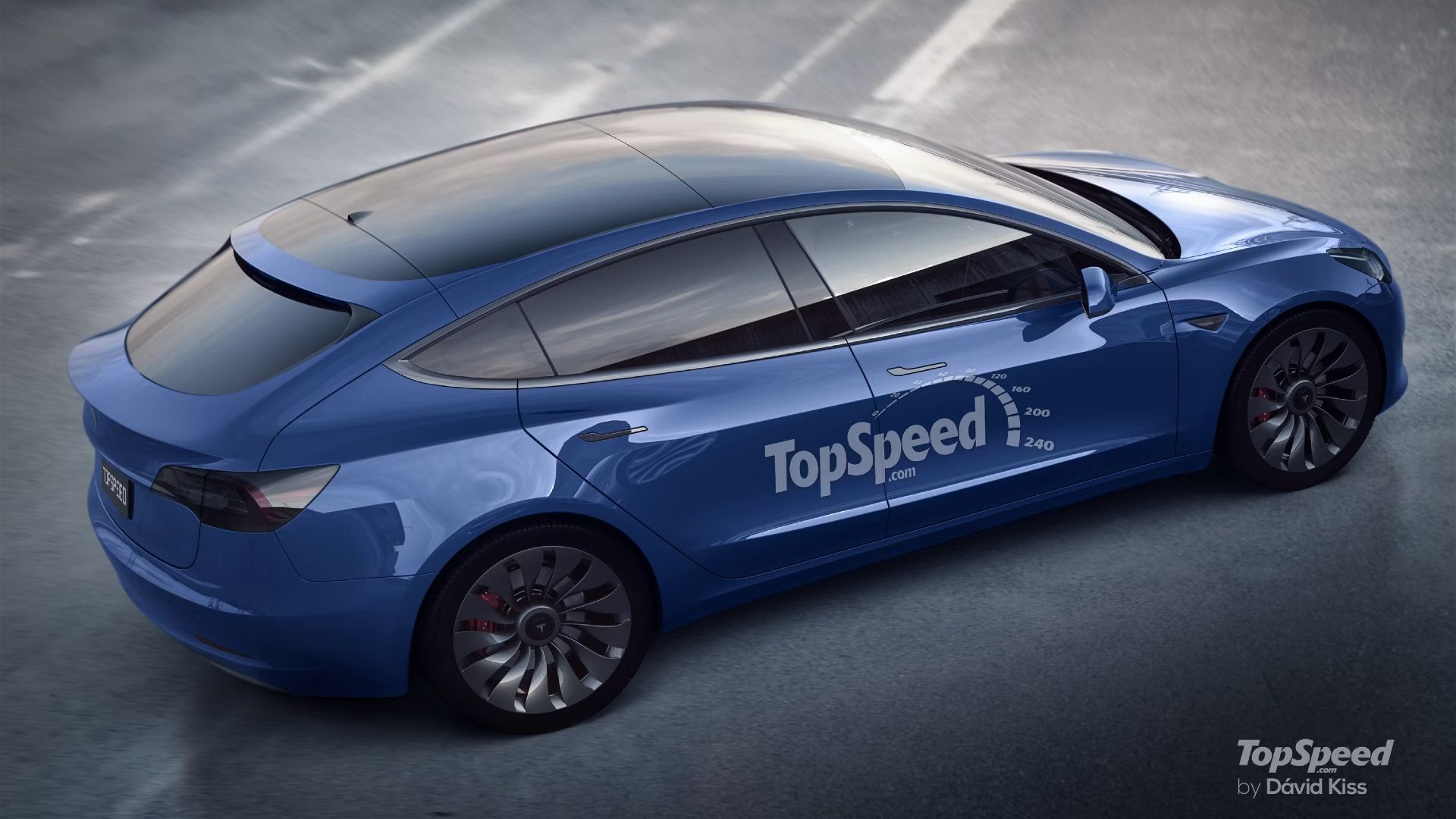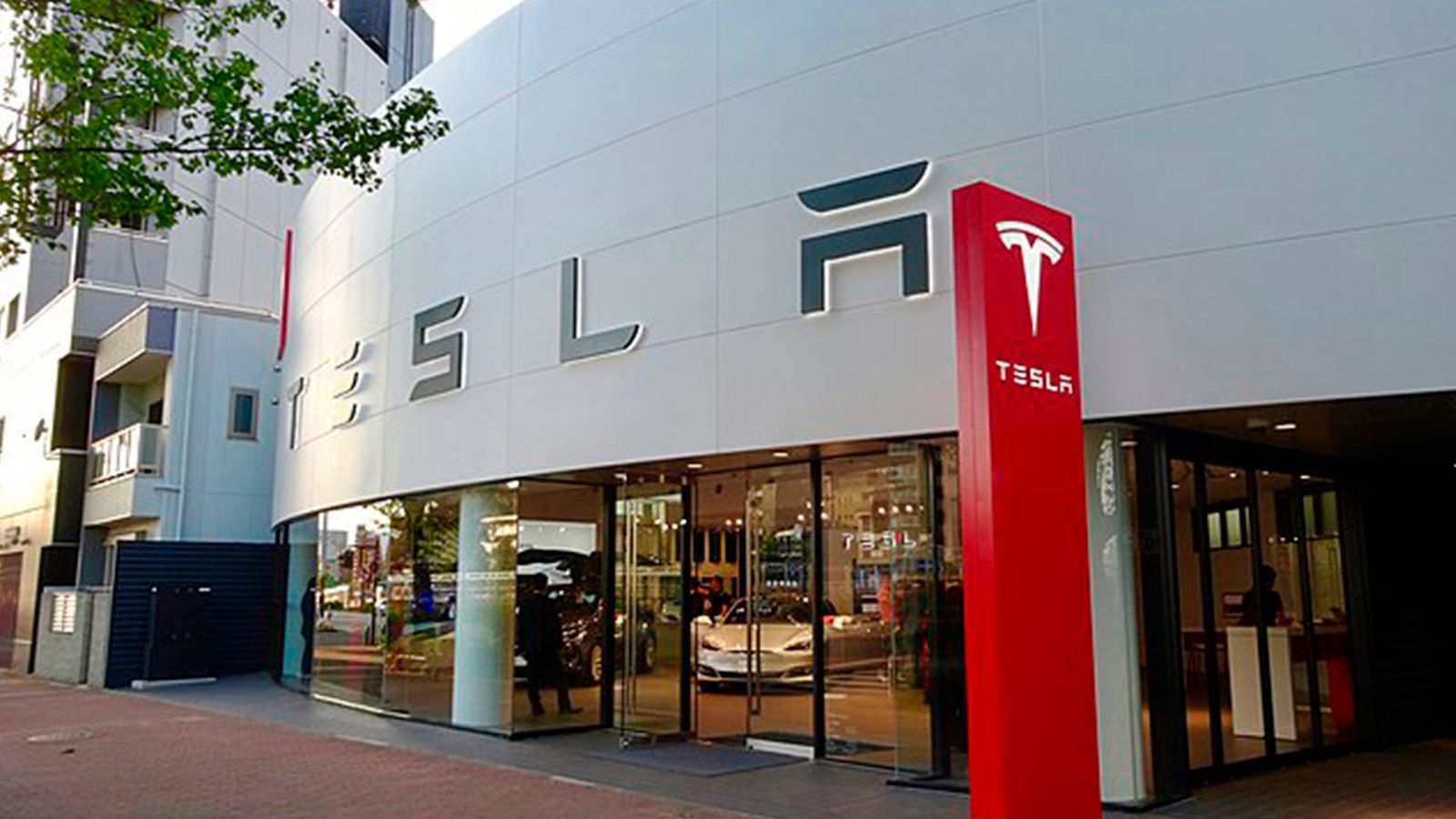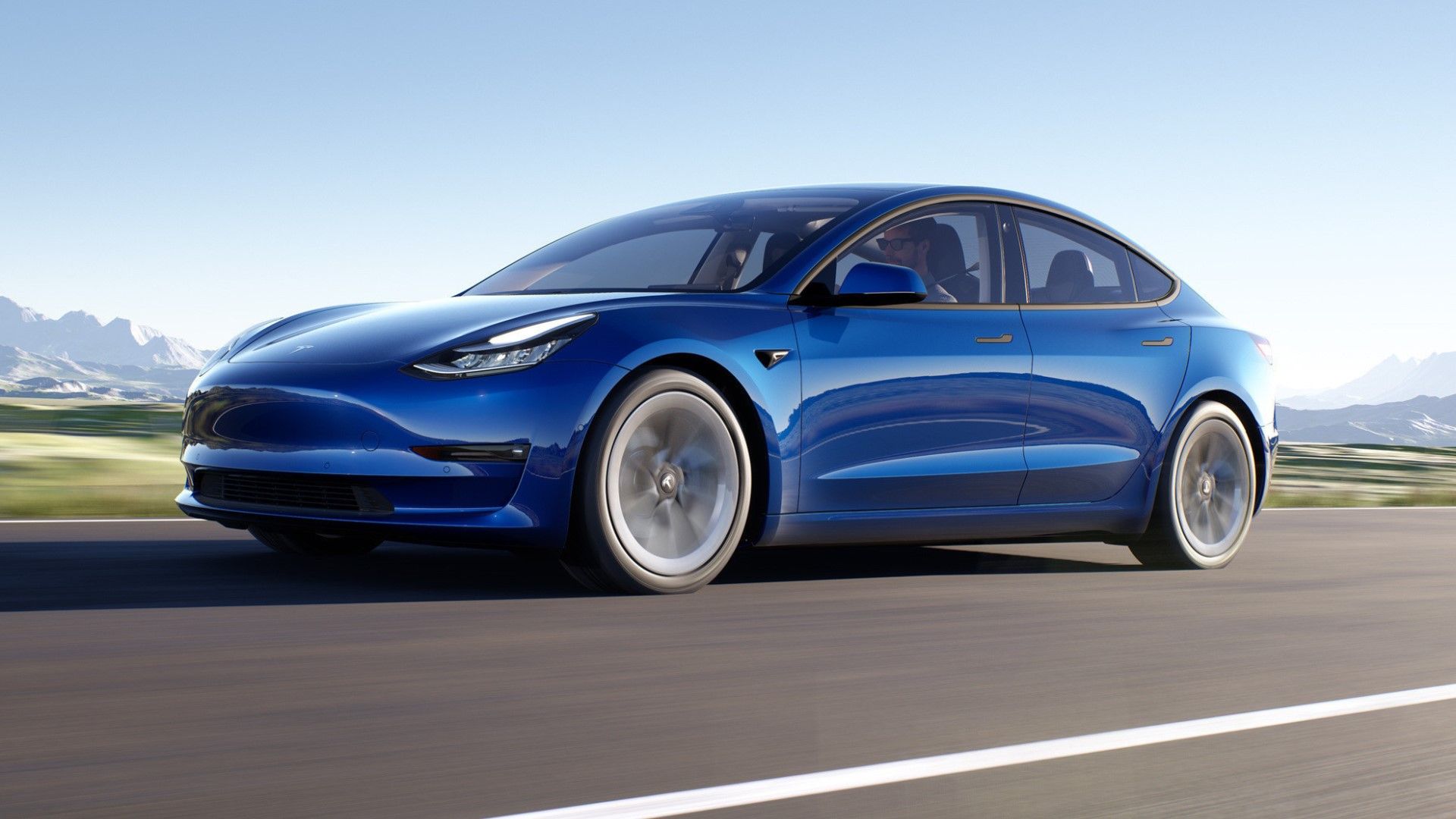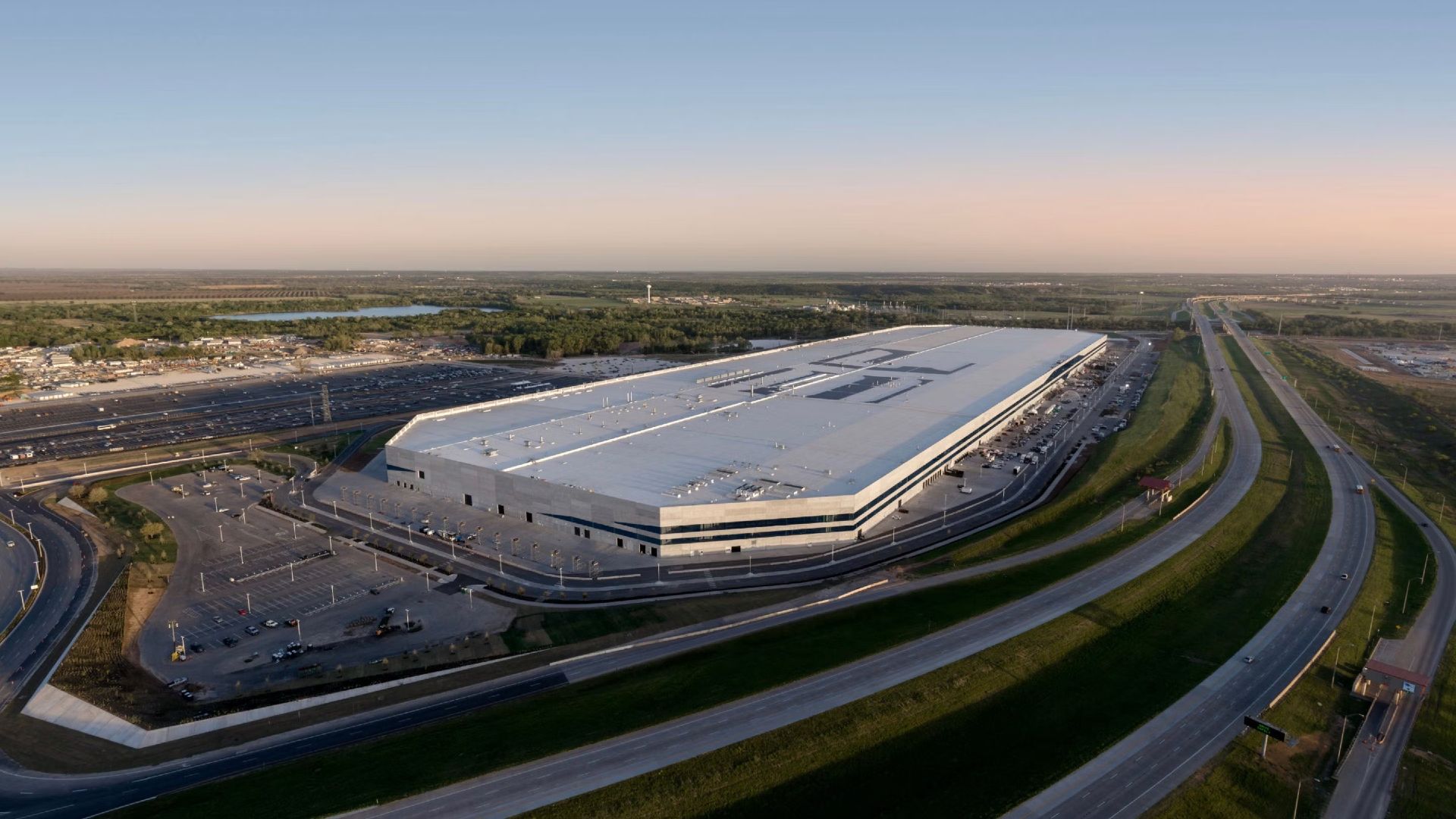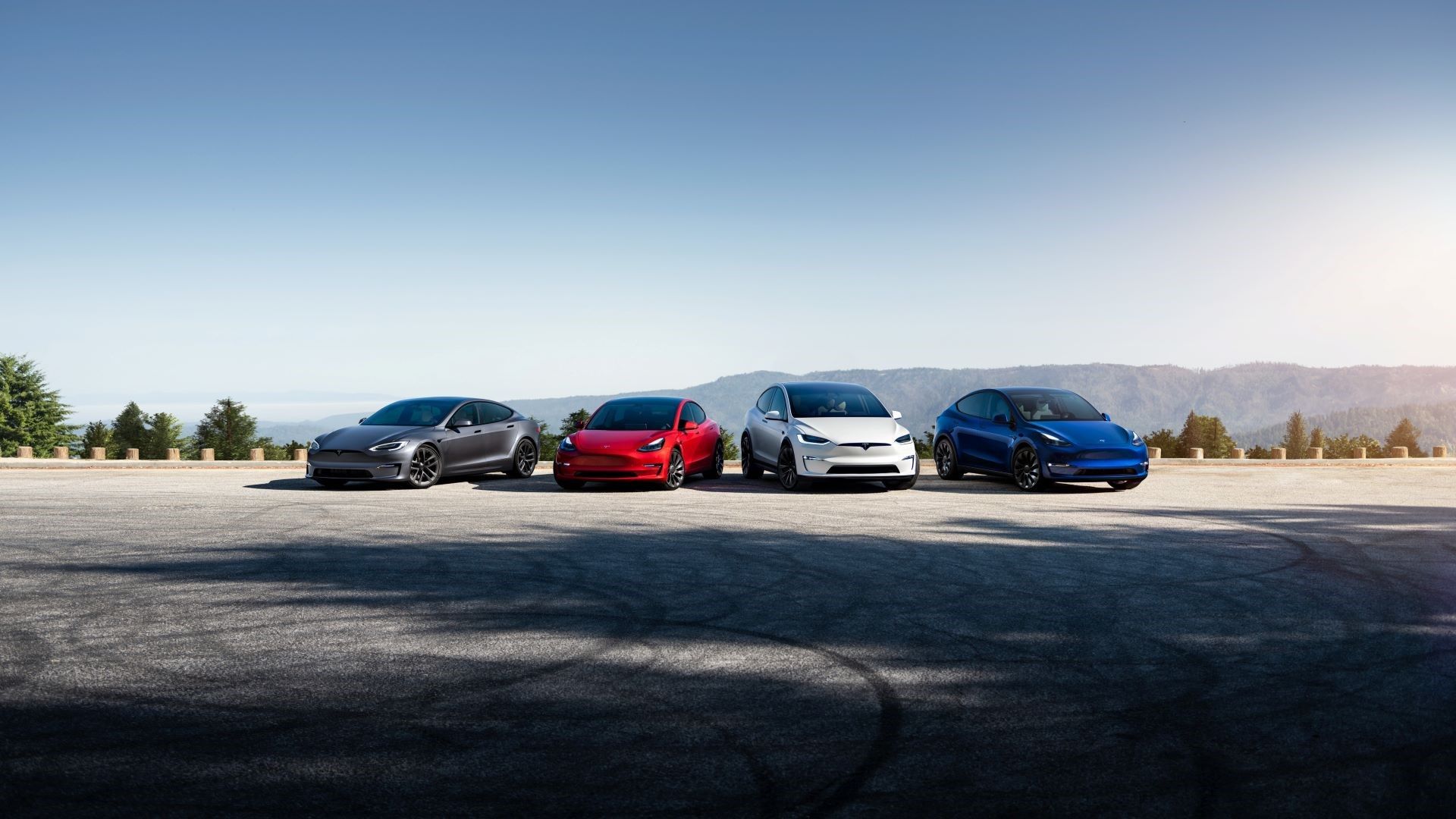Summary
- The upcoming Tesla Model 2 aims to bring electric mobility to the average consumer by offering a significantly lower price point compared to Tesla's current lineup.
- Tesla's competitive pricing strategy with the Model 2 could disrupt the automotive market, prompting other automakers to develop affordable electric cars and transform the industry.
- The success of the Tesla Model 3 provides valuable insights for the Model 2, as Tesla has proven its ability to scale up production and meet the demands of a broader consumer base. However, Tesla must address quality control concerns and maintain consistent quality as production volumes increase.
Tesla has long served as a leader in innovation and disruption in the automotive industry thanks to its four compelling electric car selections. These include the Model 3, Y, X, and S. Tesla has used these cars to successfully carve a niche in the luxury electric vehicle market. The next pivotal step for the company is to take its electric revolution mainstream, and the upcoming Tesla Model 2 might just be the catalyst needed to achieve this goal. Tesla may already be considered to be a mainstream manufacturer because of its massive sales achievements across the global market, but it remains a niche option because of its age, limited variety of products, and high price point.
Electric vehicles have rapidly transitioned from being an experimental concept to a tangible reality on the roads. Advancements in battery technology, charging infrastructure, and consumer attitudes have all played a role in making EVs more accessible and appealing. One critical barrier to widespread adoption has been the relatively high price point of electric cars, which has hindered their mass appeal. The Tesla Model 2 is rumored to be a compact electric car aimed at a significantly lower price point than Tesla's current line-up. Affordability is the cornerstone of the Model 2's strategy, as it seeks to democratize electric mobility and bring it within the grasp of the average consumer. By doing so, Tesla could disrupt the automobile market once again, but this time on an even grander scale.
Competitive Pricing And Market Disruption
The Tesla Model 2 is poised to be priced competitively, thanks in part to the company's continuous efforts to drive down the cost of battery production. A more accessible starting price would enable Tesla to penetrate markets that were previously out of reach for its higher-end models. This disruptive approach could prompt other automakers to follow suit, triggering a race to develop affordable electric cars and transforming the automotive landscape.
Rumors suggest that Tesla is targeting a starting price of $25,000 with the upcoming Model 2. This massively undercuts the existing Model 3, which starts at $40,240. The newcomer may be significantly more popular than the cars currently being sold by the American EV brand, but it will be much more compact. Some reports hint that it could be 15 percent shorter and 30 percent lighter than the Model 3.
Tesla Range Starting Pricing
Tesla Model 3 | $40,240 |
Tesla Model Y | $47,740 |
Tesla Model X | $88,490 |
Tesla Model S | $78,490 |
The competitive price will be supported by a comprehensive production line that will operate at the company’s Chinese plant in Shanghai and its new Giga factory in Berlin, Germany. It is understood that Tesla is preparing an initial production run of around four million units.
As environmental concerns take center stage, the Model 2's affordability could inspire a wave of conscious consumerism. The Model 2 could spark a surge in electric car adoption, solidifying EVs as the preferred mode of transportation for the masses as more individuals realize the benefits of EVs, both for their wallets and the planet. Tesla already has a stronghold in this respect, as it is credited to be the first automotive manufacturer to make electric mobility commonplace in the automotive world. New and established manufacturers are trying to compete with this on a large scale, but Tesla maintains its dominance in the EV sphere.
Charging Infrastructure Expansion
Mass adoption of electric vehicles hinges on a robust charging infrastructure. The widespread presence of Tesla's Supercharger network offers the company a distinct advantage. Tesla's investment in charging stations could encourage other stakeholders to further expand the charging infrastructure, ultimately making electric cars even more convenient and desirable as the Model 2 hits the market. The brand's Superchargers are situated at over 45,000 locations, and this is likely to increase with the arrival of a more popular Model 2.
Tesla has already dedicated $7.5 billion towards expanding its charging network to accommodate a flurry of new electric cars from multiple manufacturers. This expansion is being supported by the White House and will be initiated by 2024. Tesla’s current network can only be used for its own products, but the brand understands that opening its network to other products will lead to improved profits and creates more accessibility for EV owners.
The Biden administration aims for 50 percent of new cars sold in the USA to be fully electric. It also requires 500,000 charging stations along highways by 2030. The US currently has 3 million active electric cars and 60,000 charging stations. The White House is currently working with Tesla, General Motors, Mercedes-Benz, Volvo, and others to expand charging infrastructure. Tesla is likely to remain at the forefront of constructing charging infrastructure With the arrival of the highly-anticipated Model 2.
Learning From The Model 3's Success
The success of the Tesla Model 3 provides valuable insights into the potential impact of the Model 2. The Model 3 proved that Tesla could scale up production and meet the demands of a broader consumer base. The lessons learned from the Model 3's launch and subsequent growth could be applied to the Model 2 to ensure a smoother introduction to the market. The Model 3 and Y are currently one of the most sold monikers in the world, as they easily surpass a combined 500,000 units annually.
Tesla Q2 2023 Sales Figures
Model S/X | 19,225 units |
Model 3/Y | 446,915 units |
Total Deliveries | 466,140 units |
Total Production | 479,700 units |
The Model 3 and Y remain popular choices because they maintain an accessible price point, amazing performance capabilities, and a battery range that makes them easy to conduct as daily commuters. Some of these traits are likely to be applied to the Model 2. It is understood that Tesla will focus more on affordability and range, but safety and comfort features will remain comprehensive so that consumers won’t feel like they are getting a diluted Tesla ownership experience. The promise of the Tesla Model 2 is exciting, but challenges do lie ahead. The automotive industry is fiercely competitive, with established players and newcomers vying for consumer attention. Tesla must navigate various hurdles to ensure the Model 2's success and its vision of mainstream adoption.
Quality Control And Production Scaling
Tesla's rapid growth has sometimes been accompanied by concerns about quality control. As the company seeks to increase production volumes to accommodate the Model 2's demand, maintaining consistent quality will be paramount. Learning from the challenges faced during the Model 3's production ramp-up will be crucial. Achieving affordability without compromising Tesla's reputation for innovation presents a delicate balancing act. Tesla must ensure that the Model 2 maintains the brand's allure for tech enthusiasts and early adopters, while implementing cost-cutting measures to reach a lower price point. Elon Musk has already come on record to admit that the brand is struggling with quality issues in certain areas, but that the team is hard at work to resolve this. There must be minimal room for faults and quirks if the Model 2 is going to be the brand’s highest-selling product.
Tesla already has a strong advantage in scaling production now that it has some of the biggest assembly plants in the world. These plants also employ innovative methods of production that allow the brand to drastically decrease assembly times. Tesla says that it will maintain a production capacity of 20 million units in the next decade. Combining this with an EV priced below $25,000 means that it will maintain some level of a monopoly on the EV industry, as this is a production figure that some manufacturers cannot match.
Addressing Range Anxiety
Range anxiety remains a psychological barrier for many prospective EV buyers. The fear of running out of battery power before reaching a charging station is still a reality for many users, despite the rapid improvement of charging infrastructure over the last few years. The Model 2 is expected to offer competitive range capabilities as seen from the brand’s existing line-up. The upcoming entry-level EV offering is suggested to offer a range of 250 miles in base-trim guise, which outguns every electric option under the $25,000-mark.
Tesla Model 2 Proposed Specifications
Range | 250 miles |
Battery Capacity | 53 kWh |
Top Speed | 150+ mph |
Starting Price | $25,000 est |
Wheelbase | 106.3 inches |
0-60 mph | 6.0 seconds (est.) |
Tesla has already proposed that the Model 2 will employ a new compact 53 kWh lithium iron phosphate battery pack. The Model 3 and Y currently use the same type of battery, but with an increased 75-kWh capacity. Using a smaller battery means that range will be lower for the sake of affordability. A 250-mile range figure isn’t as impressive as the other Tesla models, but using the Tesla Supercharger should top the battery up in around 15 minutes. Commuters who barely transgress 100 miles a day should have no problems adjusting their lifestyles to the Model 2.

